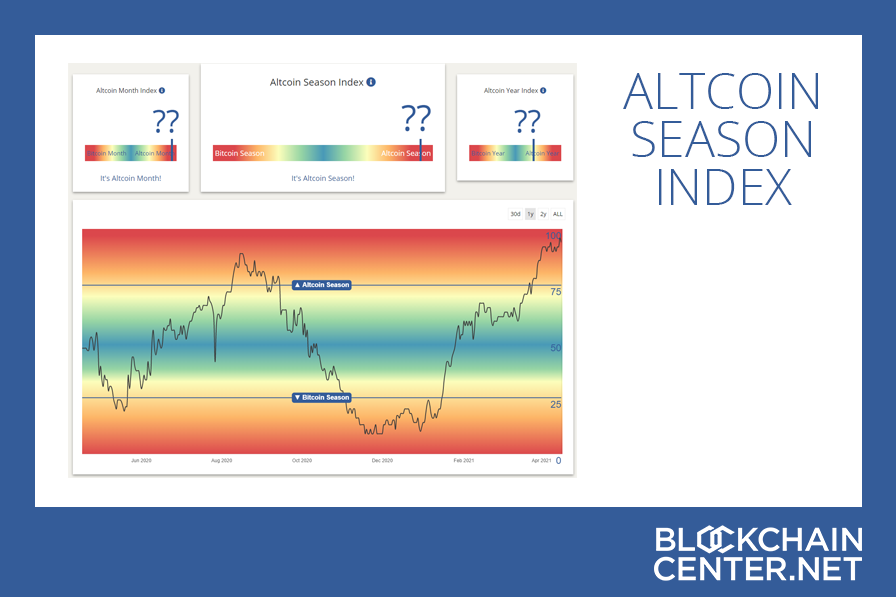Friends, let’s talk about Brazil. The latest data out of the Brazilian Institute of Geography and Statistics (IBGE) paints a grim picture, and it’s one that should have every investor – and frankly, everyone – paying attention. Brazil’s birth rate has hit a new low in 2023, the lowest since systematic records began in 1976. We’re talking about just 2.52 million births.
This isn’t some minor dip; it’s a five-year decline, a consistent bleed in potential future workforce and economic growth. The numbers are stark, and frankly, they’re alarming. Forget about a burgeoning population – we’re staring down the barrel of demographic stagnation, and potentially decline.
What’s driving this? A key factor is the increasing age of mothers. In 2023, almost 39% of Brazilian women were over 30 when giving birth. Compare that to 2003, when that number was just 23.9%. Women are delaying motherhood, and increasingly, choosing not to have children at all.
Here’s a little background on this broader demographic shift:
Demographic transitions are common as countries develop. Initially, high birth and death rates, followed by declining death rates, create periods of rapid population growth.
As economies mature and women gain access to education and employment, birth rates tend to fall. This is because opportunity costs for having children increase.
Lower fertility rates can lead to an aging population, which burdens social security systems and may slow economic growth. It’s a challenge many developed nations are already facing.
The consequences for Brazil? IBGE projects the population will peak around 220 million in 2041 and then start to shrink. Think about that – a country of Brazil’s scale, a major global player, facing population contraction. This has serious long-term implications for everything from labor markets to pension funds and government spending. It’s not just a social issue; it’s a massive economic headwind waiting to happen. We need to look at this with cold, hard realism. It’s a warning sign for emerging markets facing similar trends.







